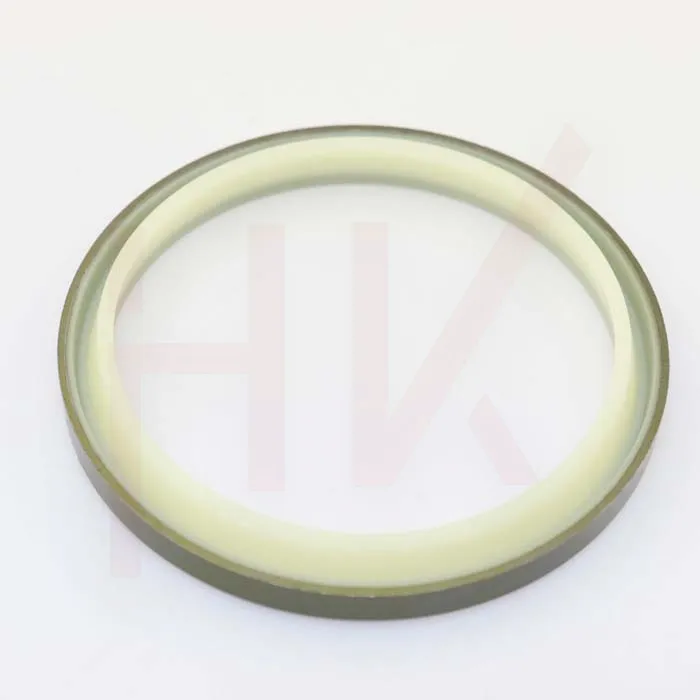12月 . 04, 2024 17:13 Back to list
Optimal Solutions for Bearing Protection with Effective Dust Sealing Techniques
Understanding Bearing Dust Seals Importance, Types, and Maintenance
Bearing dust seals play a pivotal role in the longevity and performance of rotating machinery. These seals are specifically designed to prevent contaminants, such as dust, dirt, and moisture, from entering the internal components of bearings. By maintaining clean and lubricated internal environments, dust seals extend the operational lifespan of bearings and enhance overall equipment efficiency. In this article, we will delve into the significance of bearing dust seals, explore various types, and discuss the best practices for their maintenance.
Importance of Bearing Dust Seals
Bearings are critical components in various applications, from automotive to industrial machinery. They facilitate smooth rotational movement while supporting radial and axial loads. However, the presence of contaminants can lead to significant wear and tear, resulting in premature failure. Dust seals act as the first line of defense against these potential threats.
By preventing the entry of harmful particles, dust seals reduce friction and wear on the bearing surfaces. This is crucial because the internal components of bearings are often precision-engineered, and even the smallest particles can lead to significant damage. Furthermore, dust seals help in retaining lubrication, ensuring that the bearing operates efficiently and minimizes heat generation. A cooler operating temperature is essential for prolonging the life of bearing components.
Types of Bearing Dust Seals
Various types of bearing dust seals are available, each designed to cater to specific operational environments and conditions. Here are some common types
1. Rubber Seals These seals are typically made from elastomers and provide excellent flexibility and durability. They are effective in preventing the ingress of dust and other contaminants while maintaining a good seal against grease or oil.
2. Metal Shields Metal shields are often used in applications where higher temperatures or excessive pressure might pose a challenge to rubber seals. They provide robust protection against larger particulate matter while offering a lower friction surface.
3. Labyrinth Seals These are non-contact seals, typically used in high-speed applications. Labyrinth seals consist of complex geometries that create a tortuous path for contaminants, limiting their entry into the bearing zone. They are particularly effective in high-temperature environments.
4. V-ring Seals V-rings provide a versatile sealing solution and can be used in combination with other seals. They offer good sealing properties and are effective at controlling oil leakage while barring the entry of dirt.
bearing dust seal

5. Specialty Seals In some cases, bearings may require custom seals for unique applications. Specialty seals can be developed for specific environmental challenges, such as extreme temperatures, pressures, or chemical exposure.
Maintenance of Bearing Dust Seals
Proper maintenance of bearing dust seals is essential to ensure their longevity and effectiveness. Here are some best practices to consider
1. Regular Inspection Periodically inspect seals for signs of wear, damage, or deformation. Early detection of problems can prevent costly downtime due to bearing failure.
2. Cleaning Keep the surrounding area clean to reduce the buildup of dust and debris that can affect seal performance. Regular cleaning helps maintain the integrity of the seals.
3. Lubrication Ensure that bearings are adequately lubricated, as proper lubrication not only enhances performance but also supports seal functionality. Over-lubrication, however, can cause seal failure, so always follow manufacturer recommendations.
4. Temperature Monitoring Keep an eye on operating temperatures. Overheated bearings can lead to seal degradation. If seals are exposed to excessive heat, consider using alternative seal types designed for higher temperatures.
5. Replacement When seals show signs of wear or damage, replace them promptly to avoid further issues. Regular maintenance schedules should include seal replacement as part of the bearing maintenance program.
Conclusion
Bearing dust seals are essential components that contribute significantly to the performance and durability of bearings in various applications. Understanding their importance, different types, and maintenance practices is crucial for anyone involved in machinery operation or maintenance. By prioritizing the integrity of dust seals, operators can ensure smoother, efficient, and longer-lasting bearing performance, ultimately leading to enhanced operational productivity and reduced downtime. Investing in the right seals and maintaining them properly can yield substantial returns in terms of equipment reliability and service life.
-
Unlocking the Potential of Hydraulic Systems with Essential Sealing Solutions
NewsAug.06,2025
-
Unleash the Power of Your Hydraulic Systems with Our Premium Seal Kits
NewsAug.06,2025
-
Specialized Hydraulic Seal Kits for Breakers, Pistons, and Presses
NewsAug.06,2025
-
Revitalize Hydraulic Systems with Premium Repair and Seal Kits
NewsAug.06,2025
-
Fortify Your Cylinders with Premium Sealing Solutions
NewsAug.06,2025
-
Elevate Hydraulic System Reliability with Specialized Seal Kits
NewsAug.06,2025
-
TCN Oil Seal Metal Ring Reinforcement for Heavy Machinery
NewsJul.25,2025
Products categories
















